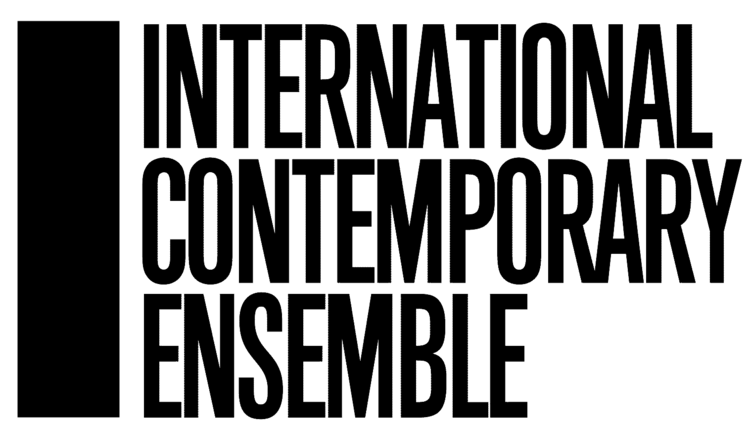ICE is delighted to release our fifth disc on the Tundra label: George Lewis's The Will to Adorn. Comprising mostly live recordings from 2011-2016, this recording shows the extent to which George's performance practice has influenced ICE's aesthetic. He writes, "...as with all improvisations, including our everyday-life human efforts, the performance becomes an emergent phenomenon, achieved through negotiation; success will be less a matter of individual freedom than of personal responsibility." The CD also includes a solo trombone performance by the composer of T.J. Anderson's In Memoriam Albert Lee Murray (2013).
Here are a few excerpts from the CD liner notes, with George's own descriptions of the included works that were commissioned by ICE.
The Will to Adorn (2011)
Zora Neale Hurston’s 1934 essay, “Characteristics of Negro Expression,” cites “the will to adorn” as a crucial characteristic of black expressivity, by way of this example:
I saw in Mobile a room in which there was an over-stuffed mohair living-room suite, an imitation mahogany bed
and chifferobe, a console victrola. The walls were gaily papered with Sunday supplements of the Mobile Register.
There were seven calendars and three wall pockets. One of them was decorated with a lace doily. The mantel-shelf
was covered with a scarf of deep home-made lace, looped up with a huge bow of pink crepe paper. Over the door
was a huge lithograph showing the Treaty of Versailles beingsigned with a Waterman fountain pen.
What I'm interested in is adornment as a compositional attitude or method – for example, Hurston’s notion of “decorating a decoration,” which is a recursive move. One can imagine the music as a response to the complexity of the scene that greeted Hurston in her fieldwork. The work was composed for ICE.
Born Obbligato (2013)
This work, commissioned by ICE, is conceived in dialogue with Beethoven’s Septet Op. 20 (1800). Beethoven scholar Nicholas Mathew, to whom the work is dedicated, pointed out to me that the Septet’s convivial affect deviates markedly from the standard image of Beethovenian fist-shaking. As the story goes, in his later years the composer found the work’s popularity a source of chagrin, reportedly responding to a compliment by growling, “Mozart wrote that.”
Both the title and musical intent of Born Obbligato derive from a remark Beethoven made in an 1800 letter to his Leipzig publisher, in which he announced “a septet per il violino, viola, violoncello, contrabass, clarinett, corno, fagotto – tutti obligati”– adding parenthetically, “I cannot write anything that is not obbligato, for I was already born with an obbligato accompaniment.” Or at least, that is what a common English translation tells us. The German is a bit more ambiguous: “Ich kann gar nichts unobligates schreiben, weil ich schon mit einem obligaten Akkompagnement auf die Welt gekommen bin.” The translation of the seldom-used word “unobligates” (i.e., not required) as referring to style refers to the Septet’s texture, but Beethoven’s use of the expression “obligates Akkompagnement” to describe the circumstances of his birth invokes the sign of enigma.
Born Obbligato borrows from the Septet’s structure and texture, if not its conviviality. The addition of percussion and digital transformation and spatialization in the fourth movement (“Tema con Variazioni”) pays homage to the conductor Steven Schick, who performs here in his other capacity as world-class percussionist.
